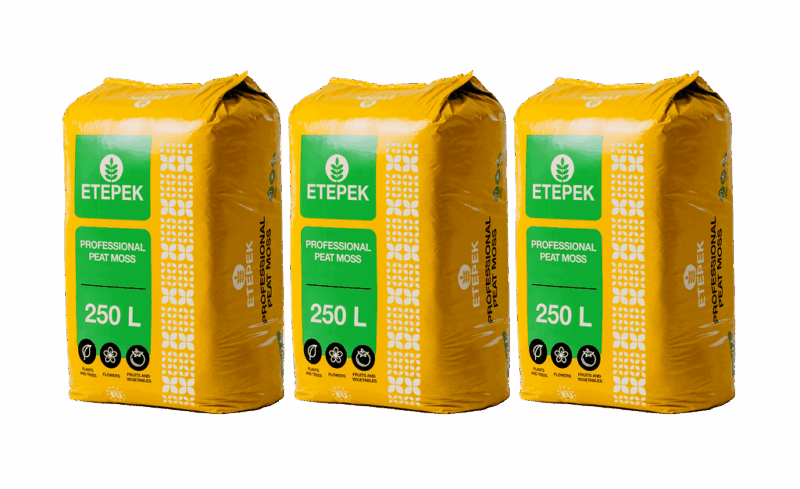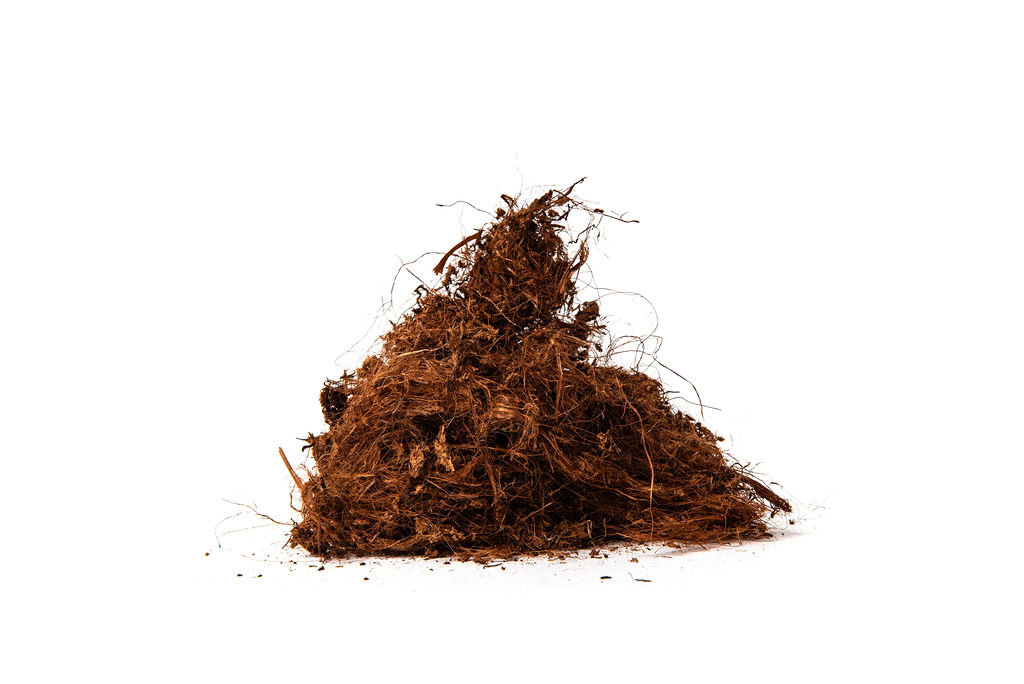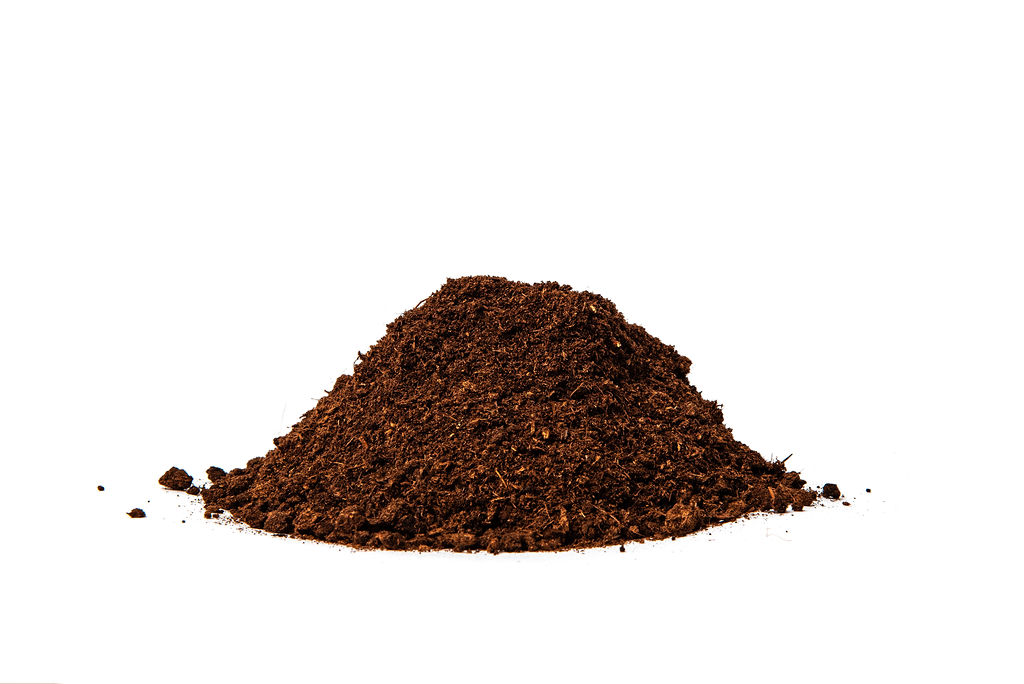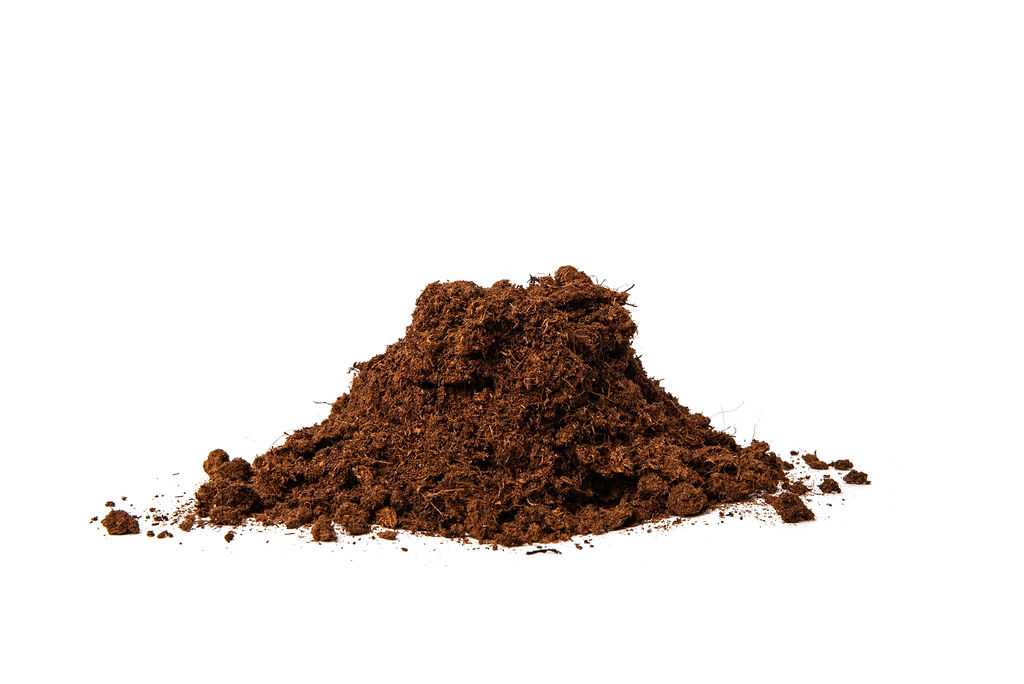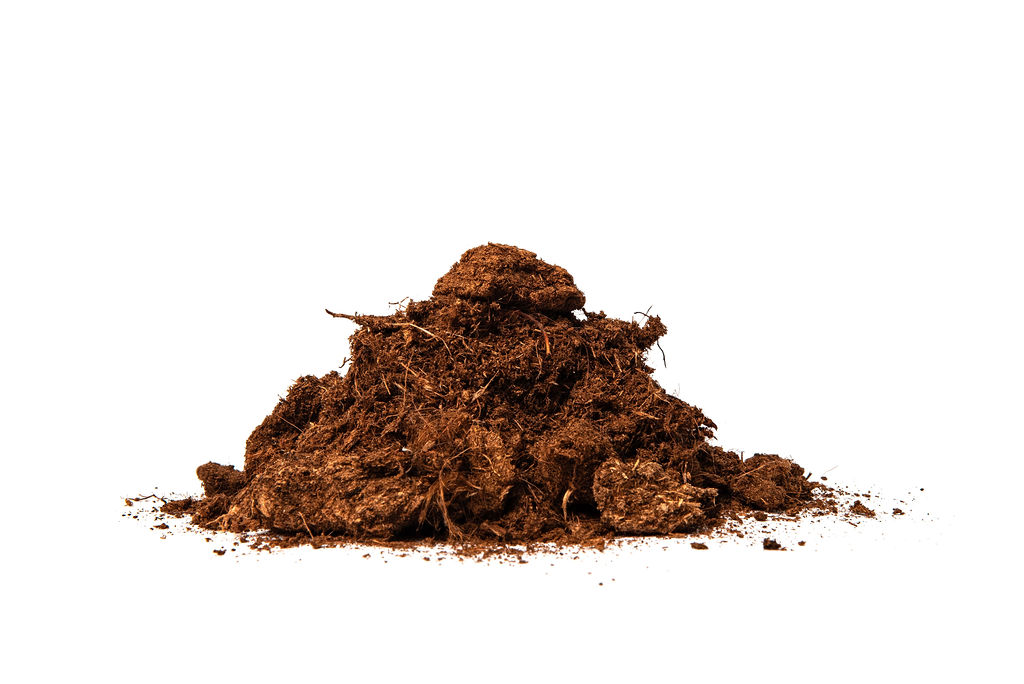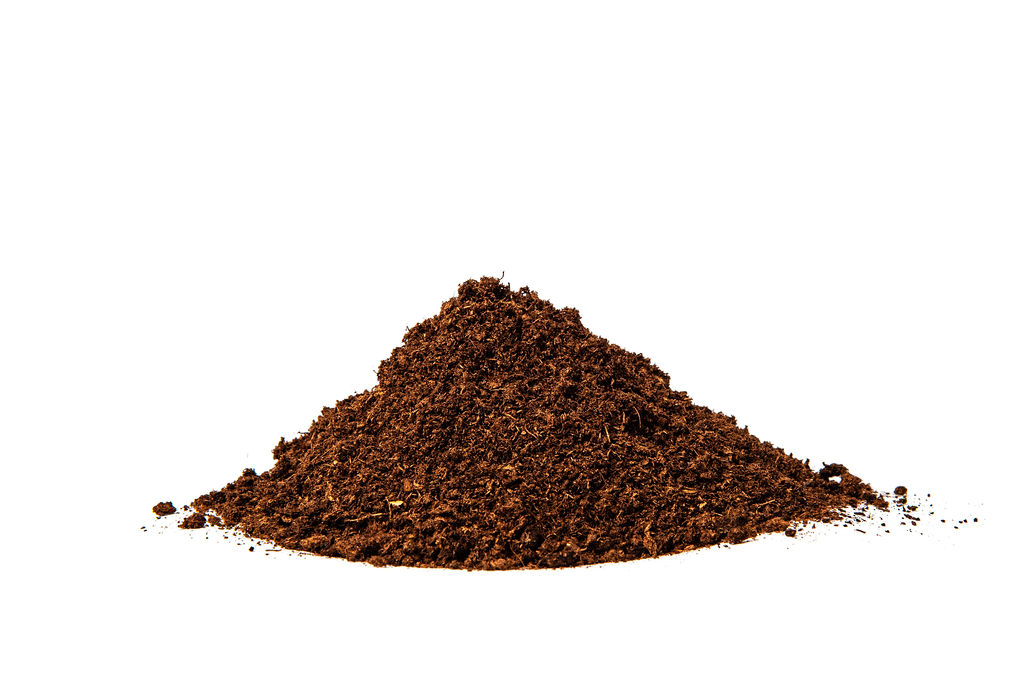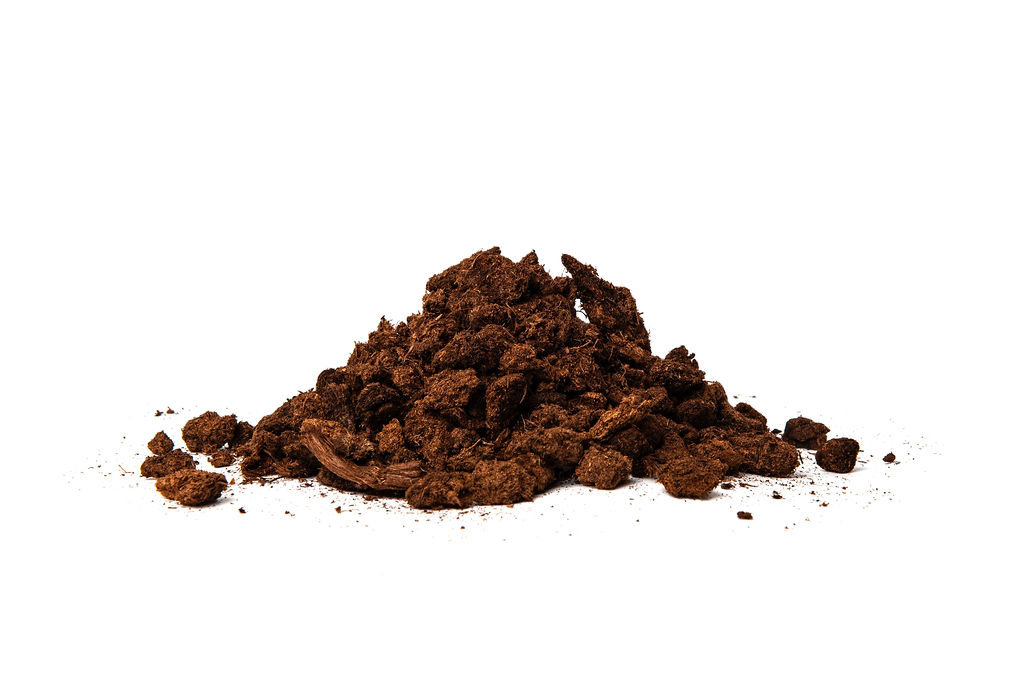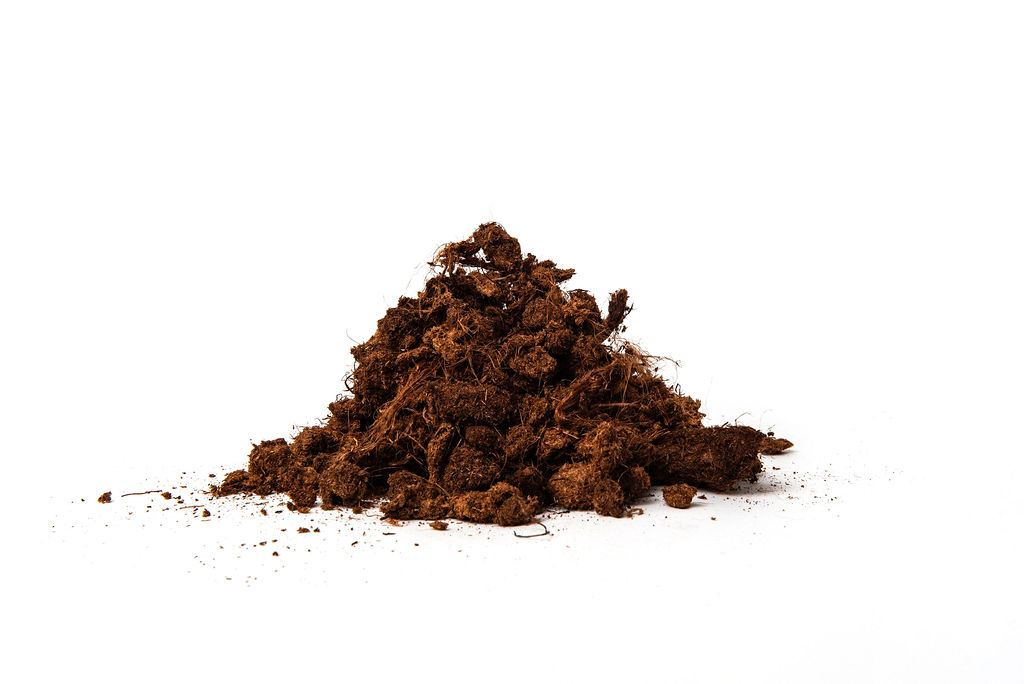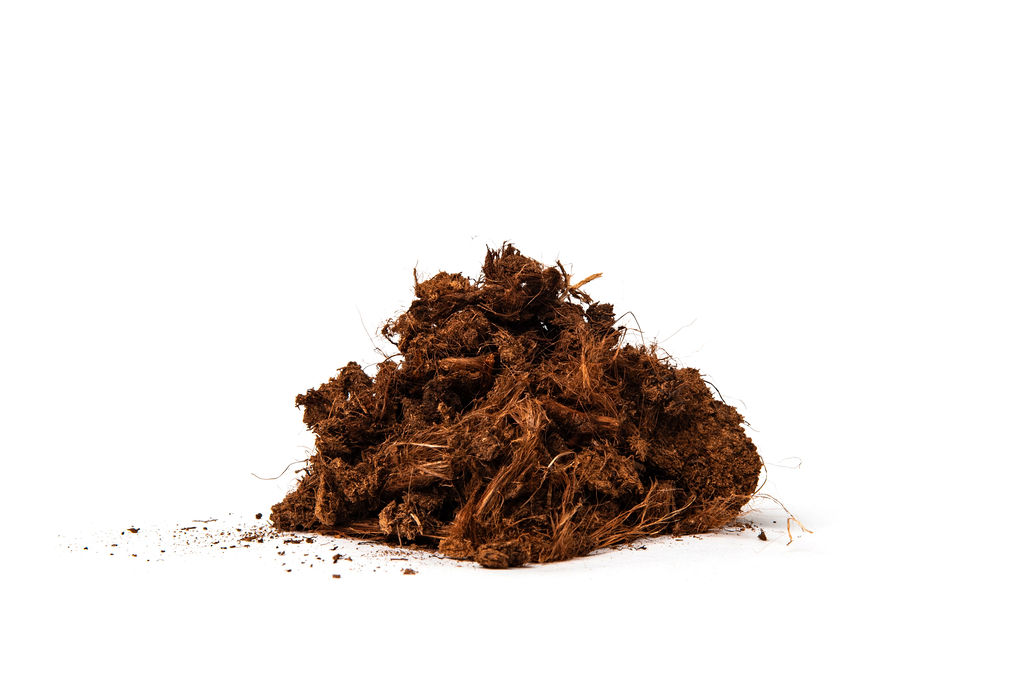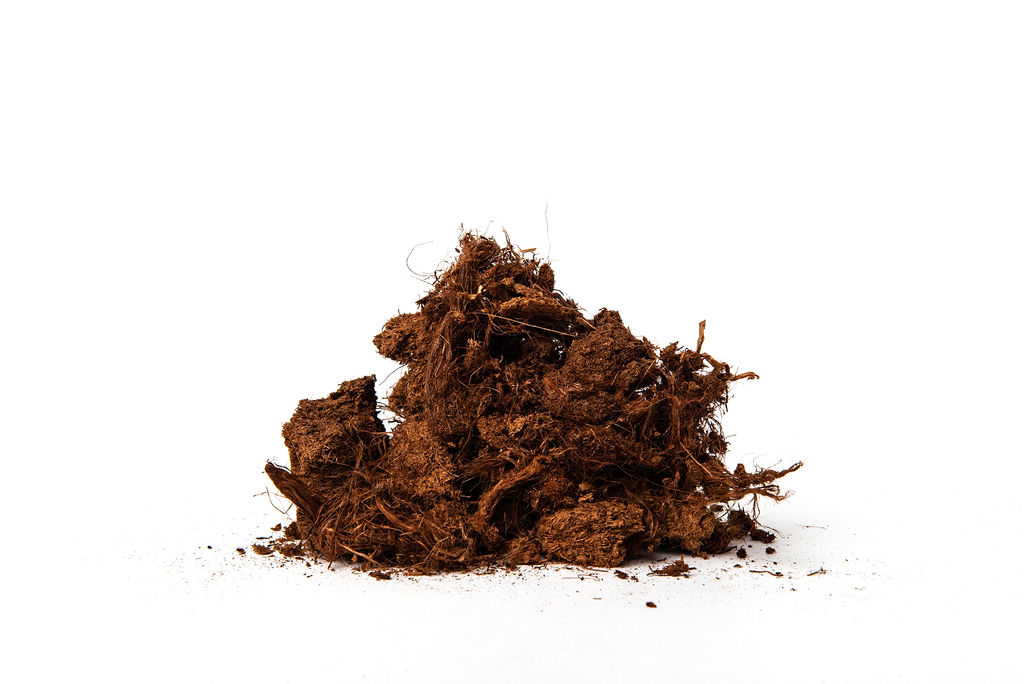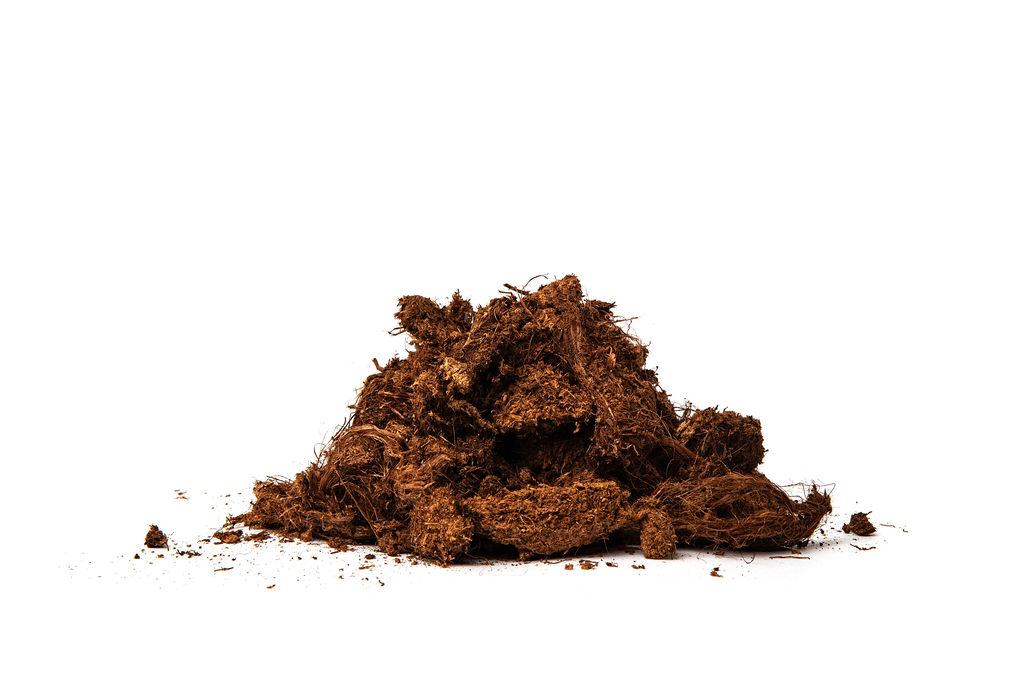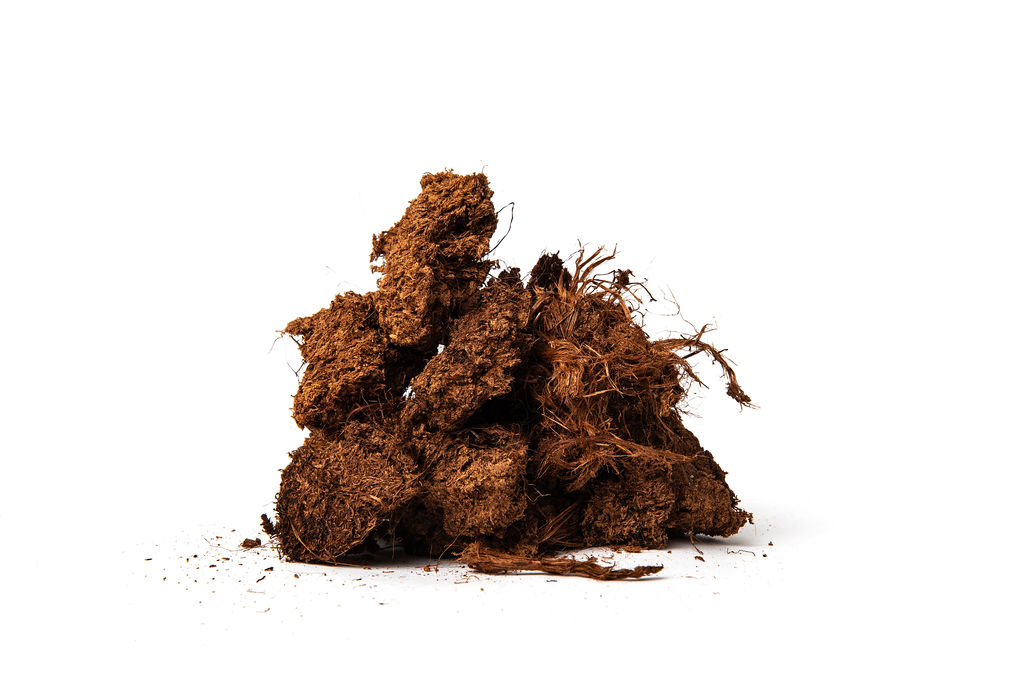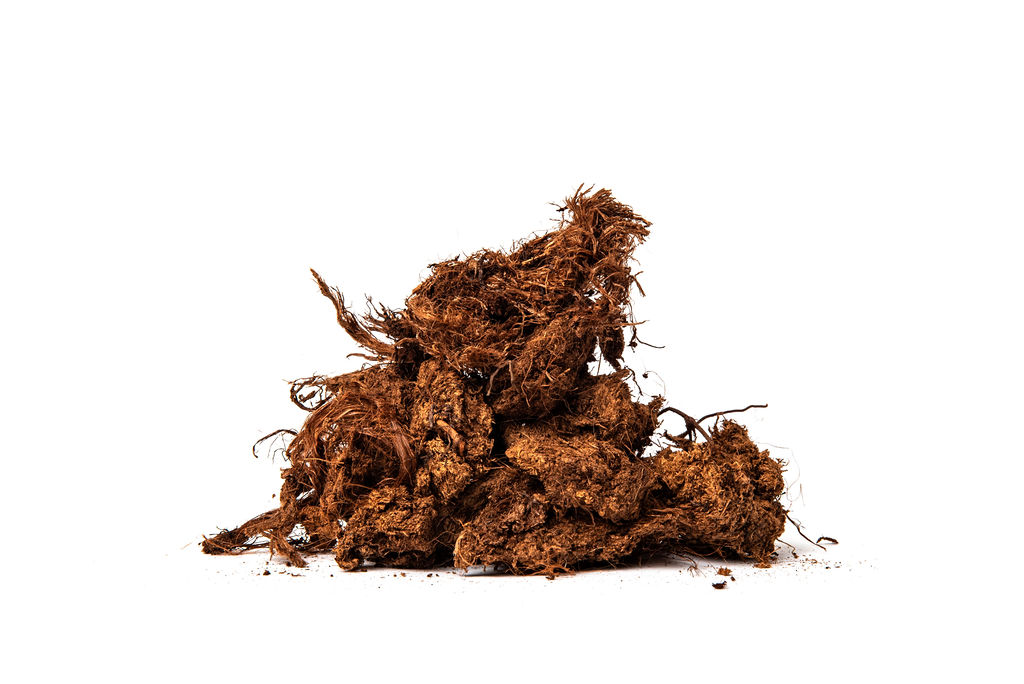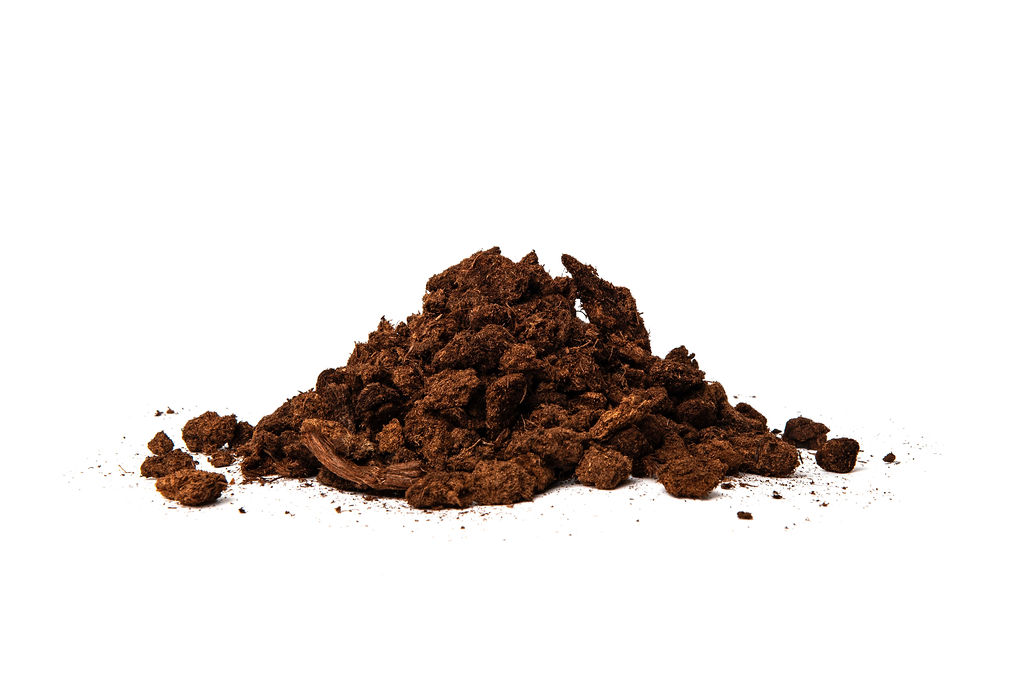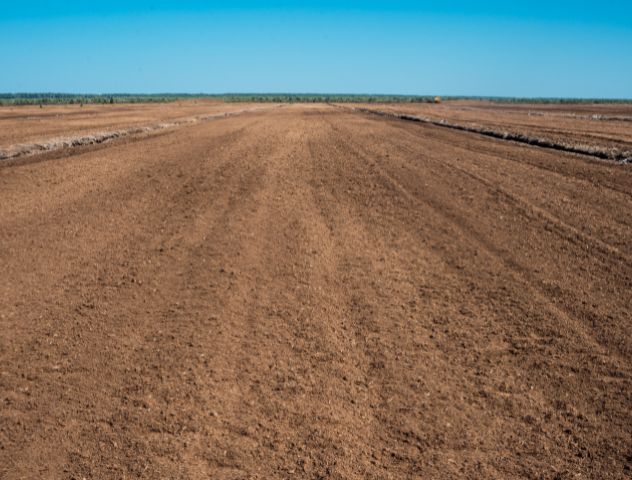
How White Peat Forms
Peat bogs are complex, stratified ecosystems where layers form over millennia through slow, natural processes. White peat, found in the topmost layer of a bog, forms as plant material – mostly sphagnum moss – accumulates and undergoes minimal decomposition due to the unique, oxygen-poor, waterlogged conditions. These conditions dramatically slow down microbial activity, preventing the complete breakdown of organic matter and resulting in white peat’s high organic content and fibrous, airy texture.
Unlike the denser brown and black peat located deeper within the bog, white peat remains light and loose because it hasn’t been compacted under layers of organic material. This top position means white peat is exposed to more light and retains more visible fibrous plant structures, giving it a distinctive, soft feel and pale color. Its high porosity and moisture retention capacity, paired with ample air pockets, make white peat particularly suited to planting that requires both aeration and consistent hydration – perfect for root development in young or sensitive plants.
Key Qualities of White Peat
1. Light Texture and High Aeration
Because white peat is at the bog’s surface, it remains soft and airy, never compacting under its own weight. This texture allows it to hold moisture without becoming dense or stifling root systems. It creates an ideal environment for young plants, whose roots need consistent water access alongside plenty of oxygen to prevent rot.
2. Naturally Acidic pH
White peat has the lowest pH of the three main peat types, ranging from 3.5 to 4.5, which makes it especially well-suited for acid-loving plants like azaleas, blueberries, and rhododendrons. However, for plants that prefer a neutral soil, white peat can be adjusted with lime to create a more balanced environment, adding to its versatility in various gardening contexts.
3. Base Medium for Custom Mixes
White peat has low inherent nutrient levels, which makes it an excellent “blank canvas” for creating tailored soil mixes. Growers can add nutrient-rich fertilizers and amendments, adapting the medium to the specific needs of the plants they’re cultivating.
Practical Applications for ETEPEK White Peat
- Seed Starting: White peat’s fibrous, moisture-retentive texture provides a nurturing environment for seeds, allowing them to absorb moisture easily while establishing roots in a well-aerated medium.
- Improving Soil Structure: When mixed into denser soils, white peat enhances soil texture, helping to prevent compaction and increase water infiltration. The fluffy nature of white peat supports root expansion and allows nutrients to reach deep into the soil.
- Greenhouse and Professional Horticulture Mixes: In commercial growing operations, white peat serves as a stable base in potting and seed-starting mixes. Its fibrous consistency doesn’t break down easily, even after repeated watering and drying cycles, offering reliable performance and ease of handling across applications.
